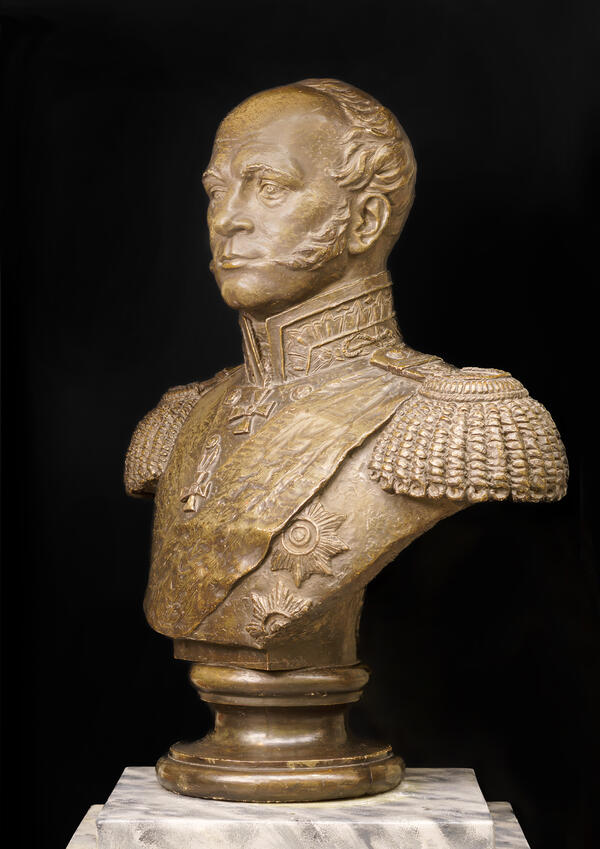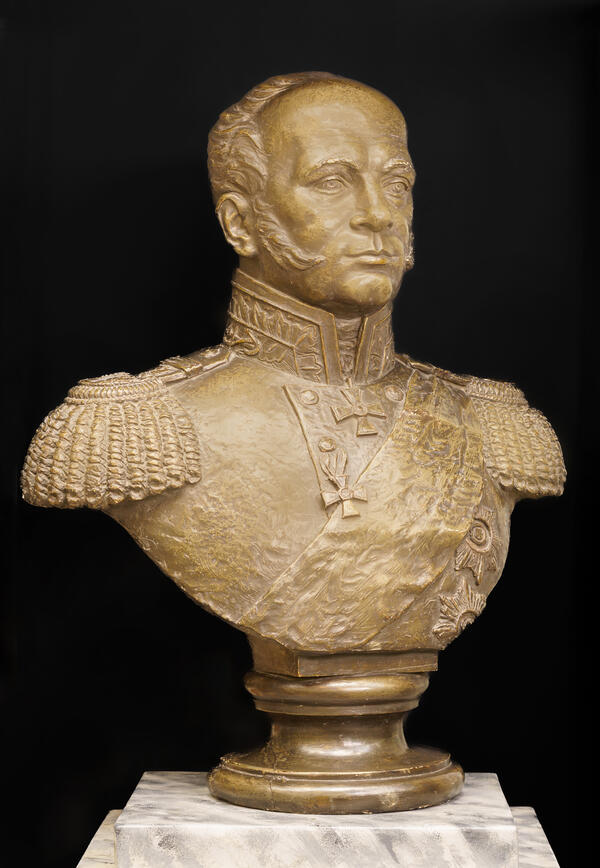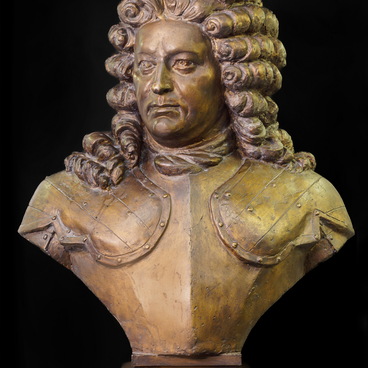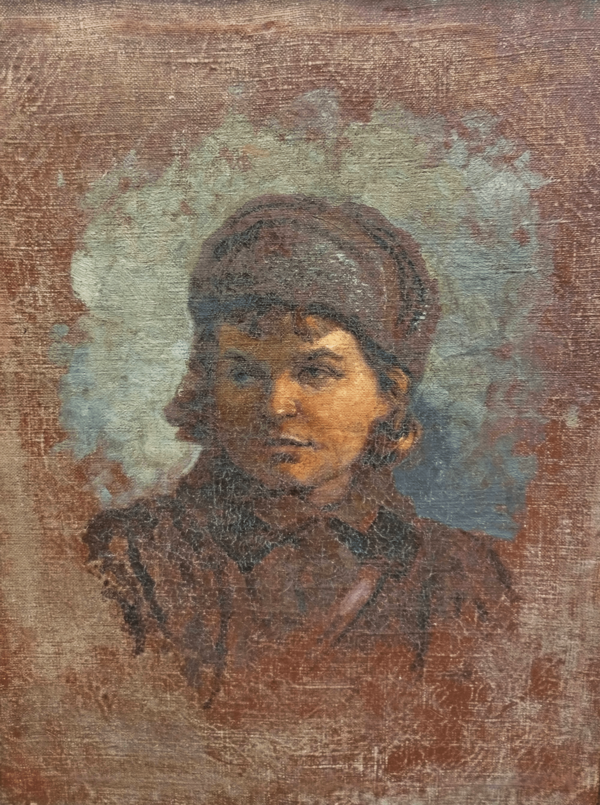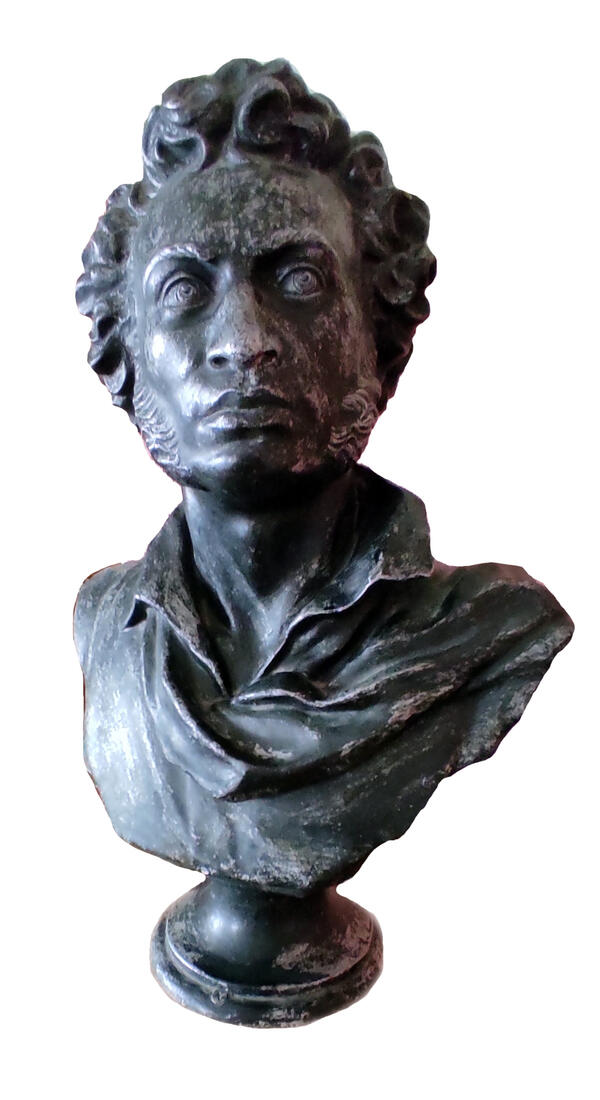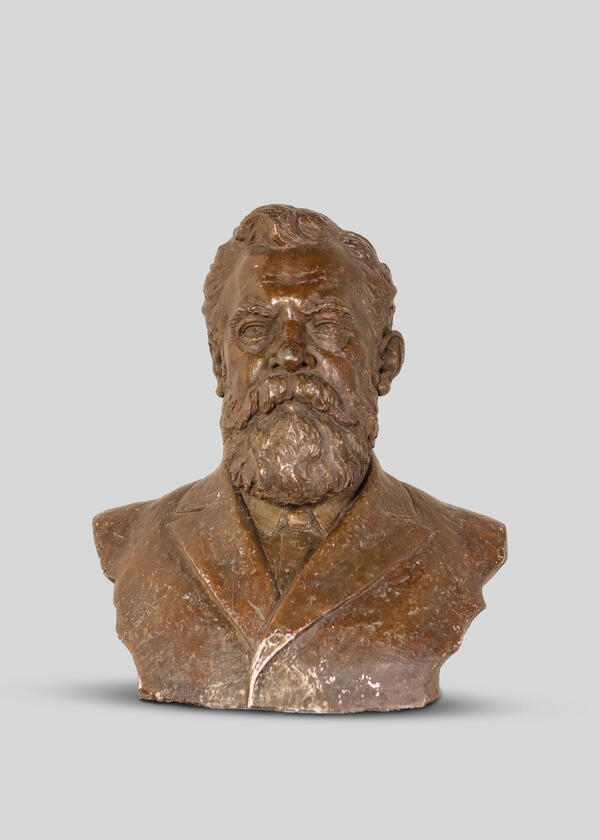Dmitry Nikolayevich Senyavin was born in the Komlevo estate, Kaluga Governorate, in 1763. At the age of 10, Dmitry enrolled in the Naval Gentry Cadet Corps in Saint Petersburg. At 20, he was promoted to the rank of lieutenant and appointed flag officer under rear admiral Thomas MacKenzie. Senyavin took part in organizing the construction of the Akhtiar port in Sevastopol.
During the Russo-Turkish War of 1787–1791, Senyavin commanded several ships and participated in the Battle of Cape Kaliakra and the Siege of Varna. He was awarded the Saint George Order, 4th class, and at the end of the war, he had the title of captain, 1st rank.
When the War of the Second Coalition broke out, Dmitry Senyavin was appointed the commander of the “St. Paul” ship that was part of Fyodor Ushakov’s squadron in the Mediterranean Sea. Senyavin took part in the capture of Corfu. After the end of the war, he administered the port of Kherson and later Sevastopol. In 1804, he was promoted to the rank of rear admiral, and a year later — vice admiral. When the war with France resumed, Senyavin headed the Adriatic Expedition of the Baltic Squadron. His sailors captured the French defensive posts in Montenegro and Dalmatia and stormed the port of Castelnuovo. Senyavin also successfully blocked the Dardanelles from the side of the Aegean Sea and achieved victory in two major battles. When the Treaties of Tilsit were signed and negotiations with the Ottoman Empire began, Senyavin led his ships to the Baltic.
Stormy weather and the need to replenish the stocks induced Senyavin to cast anchor in Lisbon. During that time, the city was occupied by the French, while the British Navy blockaded it from the sea. The Russian squadron found itself wedged in the harbor between two powers, but Senyavin managed to maintain a position of neutrality. By agreement with the British admiral Cotton, Russian ships sailed to Portsmouth, England. They were not considered prisoners of war, and sailors were allowed to return to Russia. Emperor Alexander I accused Senyavin of abuse of power, dismissed him from the position of a squadron commander, and transferred him to the port of Reval.
During the Patriotic War of 1812, Dmitry Senyavin asked to be enlisted into the active army but was refused, and in April 1813, he was dismissed. Only in 1825, when there was a risk of a new war against the Ottoman Empire, Senyavin returned to service as the commander of the Baltic Fleet. In 1826, he was promoted to the rank of admiral, and in 1830, he resigned due to an illness. Dmitry Senyavin died in Saint Petersburg on April 17, 1831.
During the Russo-Turkish War of 1787–1791, Senyavin commanded several ships and participated in the Battle of Cape Kaliakra and the Siege of Varna. He was awarded the Saint George Order, 4th class, and at the end of the war, he had the title of captain, 1st rank.
When the War of the Second Coalition broke out, Dmitry Senyavin was appointed the commander of the “St. Paul” ship that was part of Fyodor Ushakov’s squadron in the Mediterranean Sea. Senyavin took part in the capture of Corfu. After the end of the war, he administered the port of Kherson and later Sevastopol. In 1804, he was promoted to the rank of rear admiral, and a year later — vice admiral. When the war with France resumed, Senyavin headed the Adriatic Expedition of the Baltic Squadron. His sailors captured the French defensive posts in Montenegro and Dalmatia and stormed the port of Castelnuovo. Senyavin also successfully blocked the Dardanelles from the side of the Aegean Sea and achieved victory in two major battles. When the Treaties of Tilsit were signed and negotiations with the Ottoman Empire began, Senyavin led his ships to the Baltic.
Stormy weather and the need to replenish the stocks induced Senyavin to cast anchor in Lisbon. During that time, the city was occupied by the French, while the British Navy blockaded it from the sea. The Russian squadron found itself wedged in the harbor between two powers, but Senyavin managed to maintain a position of neutrality. By agreement with the British admiral Cotton, Russian ships sailed to Portsmouth, England. They were not considered prisoners of war, and sailors were allowed to return to Russia. Emperor Alexander I accused Senyavin of abuse of power, dismissed him from the position of a squadron commander, and transferred him to the port of Reval.
During the Patriotic War of 1812, Dmitry Senyavin asked to be enlisted into the active army but was refused, and in April 1813, he was dismissed. Only in 1825, when there was a risk of a new war against the Ottoman Empire, Senyavin returned to service as the commander of the Baltic Fleet. In 1826, he was promoted to the rank of admiral, and in 1830, he resigned due to an illness. Dmitry Senyavin died in Saint Petersburg on April 17, 1831.



